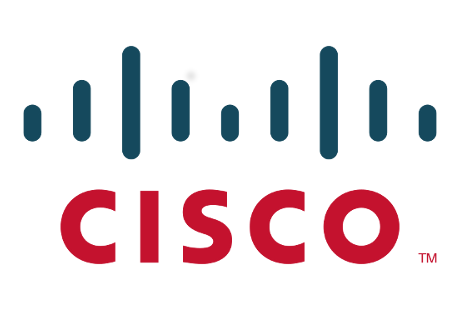In November 2009, Cisco – a company once best described as a network equipment manufacturer – announced the latest expansion of its now oceanic product portfolio.
Cisco is preparing a range of office communications software and services that include hosted email, enterprise social networking and a ‘social video’ platform, it revealed. This draws yet another new battle front against companies that are otherwise key partners for Cisco, in this case Microsoft and IBM.
The plan comes just nine months after Cisco waded into the data centre systems space with the announcement of its new server framework, Unified Computing System (UCS). In that case, it was Cisco’s relationship with Hewlett-Packard that was being stretched, and when HP acquired networking equipment maker 3Com in November 2009, it was perceived by the industry as a shot back at Cisco.
Phil Smith, Cisco’s chief executive in the UK and Ireland, denies that the HP/3Com tie-up threatens its networking business. “Broadly speaking, we go after the premium end of the market, and stressing the value and capability [of our products] is our go-to-market strategy,” he says. “Then there is a commodity end of the market, which is clearly the end that HP and 3Com go after.”
Nevertheless, he acknowledges that some of the company’s partner relationships are becoming more competitive than collaborative.
“The IT industry has seen a lot of ‘co-opetition’ between vendors, who are both competitors and partners,” he explains. “And in some areas, those relationships have become a little sharper, the HP/Cisco partnership being the most obvious example.”
Perhaps Cisco feels confident in souring some of its previously pivotal relationships because it is also cementing some powerful friendships.
In November, Cisco announced a joint venture with storage vendor EMC, virtualisation provider VMware and chipmaker Intel named Acadia. This company will sell pre-integrated, pre-certified stacks – known as vBlocks – comprising Cisco’s network switches and UCS server technology, EMC’s storage equipment and management tools and VMware’s virtualisation software, and provide the necessary service required to install them.
The existence of Acadia will make it easier for organisations to deploy and manage this technology, says Smith. “Almost every CIO I talk to wants to simplify their relationships with vendors,” he explains. “But if you are going to reduce the number of relationships you have, you need to be confident that your remaining relationships can deliver value. So we are looking at providing integrated and complete solutions.”
Since its launch in July 2009, the UCS platform has received some adoption, says Smith, but he admits that it has generally been limited to pilots and proofs-of-concept.
Customers’ caution is ‘understandable’ he says – “UCS is going right into the heart of the data centre” – but it also underlines the need for pre-integrated solutions.
Another facet of Cisco’s expansionist strategy was seen in its October acquisition of cloud security vendor ScanSafe. That company’s technology, Smith explains, allows service providers – be they telcos, managed services companies or outsourcers – to address their customers’ concerns regarding the security of cloud computing.
While Cisco spends its own time and money marketing the benefits of, for example, cloud computing or collaboration to end-users, in many cases it will be services providers that it sells to.
Perhaps the greatest departure from Cisco’s network infrastructure has been its entry into consumer electronics. As well as its Linksys home router business and the set-top box line it acquired with Scientific Atlanta in 2005, as of May this year Cisco has been selling a portable video camera called the Flip.
Smith argues that its consumer play boosts Cisco’s business proposition as well. “Consumer and business technology are increasingly becoming the same thing,” he says. “As a business, you want to understand consumer behaviour, and you want to integrate technologies that are driven by consumers.”
But if Cisco’s diverse product set is amounting to more than the sum of its parts, it has yet to be shown in the company’s revenue figures, which have fallen by 13%, 18% and 17% in the last three financial quarters.
Smith insists, however, that Cisco’s financial performance has been strong. “We have had negative numbers based on year-on-year revenue performance, but we’ve increased our balance sheet, we’ve grown our gross margin, we improved market share in a whole number of areas, and we’ve posted two quarters of sequential growth,” he says.
Still, the reward that Cisco has received for its numerous new ventures has yet to match the scale of its ambition.










